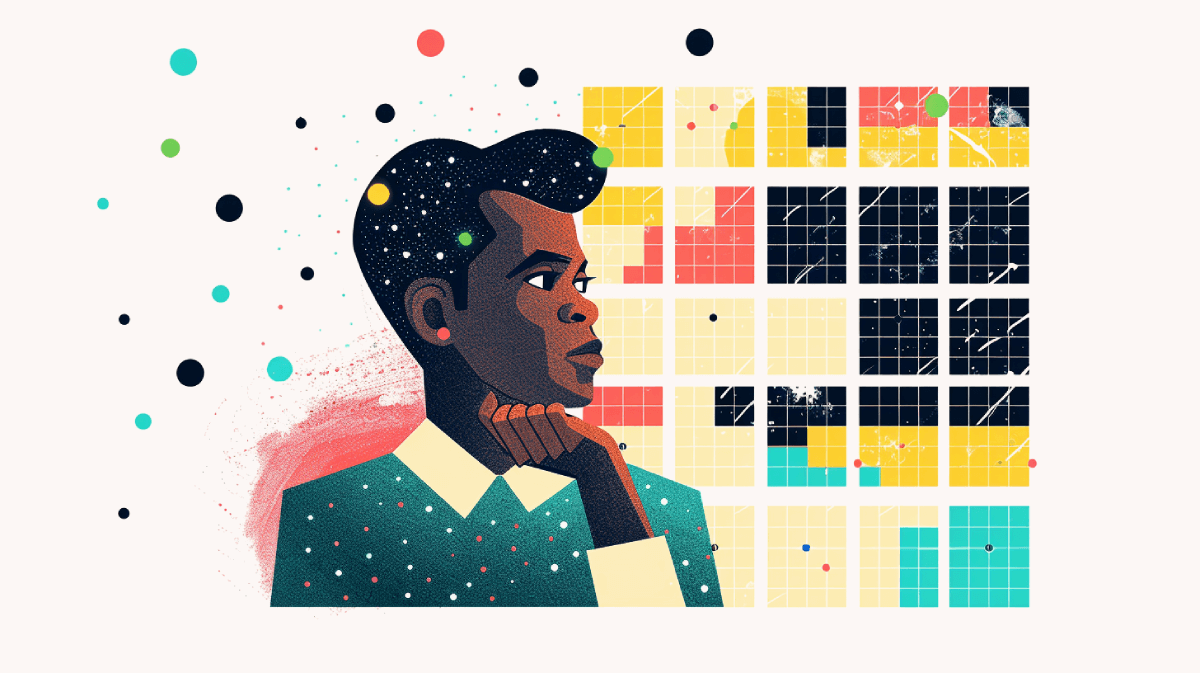Using ‘Ikigai’ to reflect on your work
Has work really started to drag lately? Perhaps you’re feeling burned out, or like you’re going nowhere fast, no matter how much you accomplish.
If these issues resonate with you, the Japanese concept of Ikigai might just offer a few useful insights.
Let’s start by taking a look at the classic Ikigai chart.
Ikigai chart / diagram
Ikigai, loosely translated as "reason for being" and roughly pronounced “icky–guy”, is a framework that helps you identify the intersection of four key elements:
what you love
what you're good at
what others need
this could be as grand as ‘the world’ (animated by a love for the mission of your organisation) or smaller in scope, like ‘what your colleagues need most from you’
and what you can be paid for
When these aspects align, you've found your Ikigai — a source of deep fulfillment and motivation.
As you reflect on your own Ikigai, start by examining your passions. What activities make you lose track of time? What topics spark your curiosity and ignite your enthusiasm? These are clues to what you truly love.
Next, consider your skills and strengths. What comes naturally to you? What do others often seek your help with? Recognizing what you excel at is crucial in determining your unique value proposition.
But Ikigai isn't just about personal satisfaction; it also involves contributing to something larger than yourself. Ask yourself, "What pressing needs or challenges in my industry or community could I help address?" Aligning your talents with the needs of the world – or even just your team! – can imbue your work with a deeper sense of purpose.
Finally, consider the practical aspect of compensation. While money shouldn't be the sole driver, it's important to find a way to sustain yourself while pursuing your Ikigai. Explore how you can monetize your skills and passions in a way that aligns with your values.
Discovering your Ikigai is an ongoing journey of self-reflection and experimentation. It requires honest introspection, a willingness to step out of your comfort zone, and the courage to make changes when necessary. But the rewards — a deep sense of meaning, engagement, and satisfaction in your work and life — are well worth the effort.
Using the Ikigai framework to think about your day-to-day work
Like the impact/effort framework or the Eisenhower matrix, Ikigai can be used to take stock of how you’re spending your time at work, allowing you to maximise your personal impact and develop in your career.
Similarly, as a manager, it could be a useful way to talk about career development (or plain old time management!) with the people you manage.
The most common issues emerge when duties strongly fulfil several of the dimensions…. but are strongly deficient in one:
Lovely but unnecessary work: You really enjoy these tasks, they’re technically part of your job, and you’re really good at them too – but they aren’t really helping your company hit its ambitious goals. For instance, maybe you’re a designer, and you love spending ages tweaking and re-designing materials so they’re absolutely perfect… but they were kind of already good enough three months ago. There are more impactful areas where your skills could make a real difference.
Feedback from others can be enlightening here, as what work is and isn’t impactful can sometimes be in our personal blind spot! (We always like to think that the work we’ve spent weeks meticulously crafting has made a big difference… but has it?)
Work you’ve happily mastered, but isn’t well-paid: In this area, we’ve got the tasks that you’re really good at, are pretty enjoyable, and are definitely ‘necessary’ – but aren’t things you’ll ever going to get paid a lot for doing. Imagine you’re very junior and you become amazing at all your entry-level duties. Because your colleagues are always so grateful for your meeting-room-booking and coffee-brewing abilities, and you get a lot of satisfaction from doing a good job, it’s tempting to focus on these – but they aren’t the kind of remunerative, next-level skills that will lead to a pay rise down the line.
People that have recently been promoted into management can spend a lot of time lingering in this area (which they’re highly competent in!) rather than embracing the confusing new responsibilities they have.
Efforts to transcend this region don’t always receive instant support – if you’re the World’s Greatest Intern™️, plenty of people would be delighted to keep you in your current position!
Hoarding work you’re not great at: this is stuff needs to get done, and you’re enjoying ‘having a go’ – or perhaps you don’t trust others to do it – but ultimately it’s well outside your current skillset. This this might be a new workstream which you’ve taken initial responsibility for, but it’s time to delegate it to a specialist who can take things to the next level. Alternatively, you could seek extra support and training to turn this task into one you’re better at!
Joyless slogs: all the things that are necessary, well-paid, and well within your circle of competence – but you simply feel no excitement about whatsoever. You can sustain work in this area for a while, but ultimately too long in this zone will leave you burned out. Sometimes people get in this situation when they change role to something that’s higher-status on paper, but don’t actually enjoy the day-to-day reality. Or maybe your duties have slowly shifted over time, and your workload has become more and more uninspiring.
It is worth remembering that people often enjoy things they’re good at, so if you’re relatively new in post, do consider whether you actually ‘don’t love it’ – or if you’re still going through the ‘depression’ bit of the change curve as you master your new duties.
Our worklives are always a complex blend of tasks, duties, skills and possibilities. And yes, any given moment is unlikely to fulfil all four dimensions of Ikigai simulataneously. But applying Ikigai needn’t be as grand as discovering your destiny as a BASE jumping lion-tamer – you can also use it to gently rebalance your personal and professional efforts.
A bit less of this, a bit more of that. Small steps in the right direction.
So take a moment to pause, reflect, and start charting your course towards your own Ikigai.








